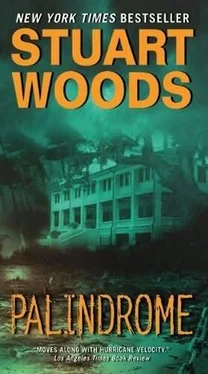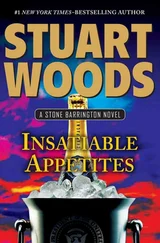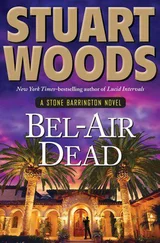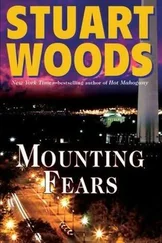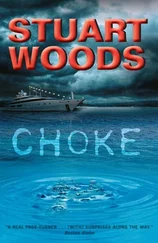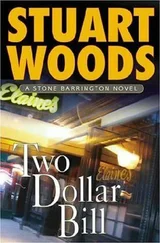I would like to express my gratitude to Gogo Fuller, for sharing her knowledge of her beloved Cumberland Island, and for her warm hospitality in her home there; Dr. John Griffin, for his advice on traumatic injury, emergency room procedures, and restorative surgery; Dr. A. J. Nicholas for medical advice; Robert Coram for information and advice; and Howard Hunt, of the Atlanta Zoo, for information on the habits and noises of alligators. I particularly want to thank Judy Tabb, in whose company I discovered Cumberland Island, for her photographic advice and for the use in the book of her equipment sorry about the tripod). I am grateful, once again, for the advice and support of my literary agent, Morton Janklow; his associate, Anne Sibbald; and their colleagues at Janklow & Nesbit. My thanks go also to Trish Lande and Cheryl Weinstein, for their efforts. Finally, I must thank Eddie Bell, Ed Breslin, and all the people at HarperCollins for their unbounded enthusiasm for this book and all their hard work.
Cumberland Island is a real place, as are Greyfield Inn, Plum Orchard, and the old slave quarters. Dungeness was real, but the house burned many years before it did in this book. However, its ruins, the outbuildings, and the old cemetery are still there. Stafford Beach Cottage is a figment of my imagination. Real people live on the island, and none of the characters in this book is meant to resemble any of them in the slightest. Cumberland has been designated a National Seashore, and most of the island is under the control of the National Parks Service. The photograph on the cover hangs in the living room of Greyfield Inn, as described in the book. It is of Robert Weeks Ferguson, now deceased; it was taken on the island in the nineteen thirties and was the inspiration for this novel.
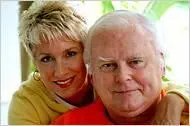
***

